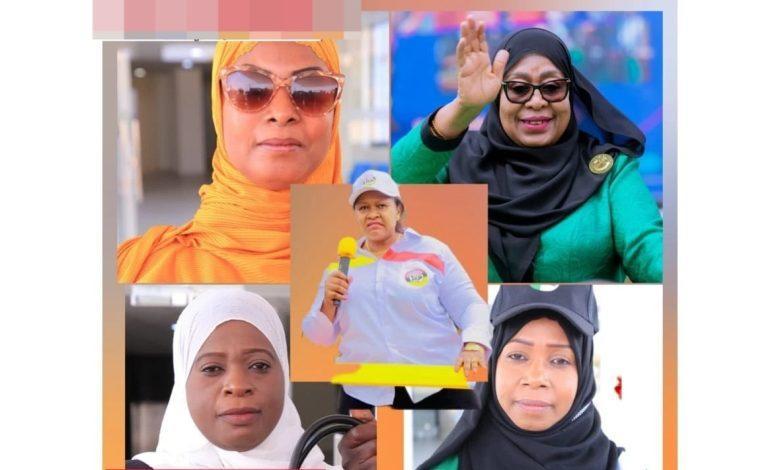Africa-Press – Tanzania. As the window for presidential aspirants to collect nomination forms closed yesterday, Tanzania’s political landscape reveals a notable shift in the role of gender within top-tier candidacies.
Several parties have deliberately elevated women to the forefront, either as presidential candidates or running mates, signalling a departure from past elections when female representation at this level was far less common.
With three additional entrants from United Democratic Party (UDP), NCCR-Mageuzi and ACT-Wazalendo yesterday, the total number of parties contesting the presidential race stands at 18.
This increase underscores both political diversity and a more gender-conscious approach among several parties.
This year’s presidential race includes THREE female presidential candidates, ten female running mates, with one party featuring women in both the top two positions.
Among these notable female presidential aspirants are from Chama Cha Mapinduzi (CCM)’s President Samia Suluhu Hassan, Union for Multiparty Democracy (UMD)’s Mwajuma Mirambo and United Democratic Party (UDP)’s Saum Rashid.
Female running mates who will stand in the race with their political parties in brackets are Chumu Juma ( AAFP), Azza Suleiman ( Chama Cha Makini), Chausiku Mohamed ( NLD), Amana Mzee ( TLP) and NCCR-Mageuzi’s Dr Evaline Munisi.
Other female presidential running mates are Mashavu Haji (UMD), Devotha Minja (CHAUMMA) and Husna Abdalla (CUF), Chama cha Sauti ya Umma (SAU)’s Satia Bebwa and Fatma Abdul Habib (ACT-Wazalendo).
Compared to previous elections, the 2025 race is a leap forward. In 2020, only two women ran for president from the Alliance for Democratic Change (ADC), Queen Sendinga and from Chama cha Demokrasia Makini, Cecilia Mwanga.
In the 2015 election, the only female presidential candidate was Anna Mghwira from ACT-Wazalendo. This year’s expanded female presence at the upper echelons of political competition signals sustained momentum towards inclusivity.
UDP’s Saum Rashid, one of the three female presidential nominees, delivered her message after picking nominations forms says, she would be focused on closing policy and legal gaps disadvantaging women and mitigating Gender Based Violence (GBV), accompanied by her running mate Juma Khamis Faki.
Her platform is framed by economic empowerment and basic service provision anchored in peace and stability.
NCCR-Mageuzi’s candidate Haji Ambar Khamis, with running mate Dr Evaline Munisi, laid out a plan for a new constitution within 100 days of taking office, linking gender representation directly to structural reform.
ACT-Wazalendo’s Luhaga Mpina and running mate Fatma Abdul Habib Ferej emphasised procedural discipline and grassroots organising, beginning with endorsements in the Simiyu Region.
So far, multiple parties appear attuned to evolving voter expectations, regional gender equity calls and the optics of progressive leadership. While female placement in top tickets was once rare, today it is increasingly seen as strategic and purposeful. While parliamentary and councillor nomination processes began on 14 August they will run to 27 August this year.
The presidential race already suggests that 2025 may be remembered as the year gender shifted from being a casual addendum to a defining feature of the competition.
Tanzania has had distinguished female figures long before the current presidential race. Bibi Titi Mohammed, was among the leading nationalist and feminist of the independence era, chaired the women’s wing of TANU in the 1950s and held early ministerial roles that helped blaze the trail for women in politics.
Lucy Lameck became the first woman to hold ministerial positions, Deputy Minister for Cooperatives and Community Development (1965–1970) and Deputy Minister of Health (1967–1972), reflecting early breakthroughs in female leadership.
The country’s most significant modern milestone came in 2015, when Samia Suluhu Hassan was elected vice-president alongside the late President John Magufuli, becoming Tanzania’s first female vice-president.
For More News And Analysis About Tanzania Follow Africa-Press







